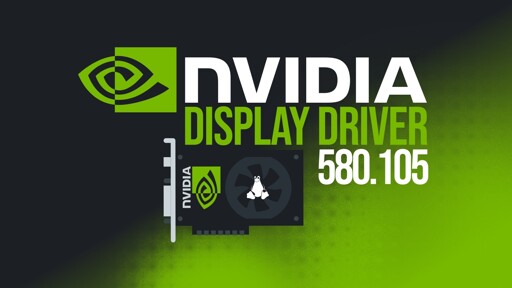Among the notable improvements, the driver introduces a new environment variable,
CUDA_DISABLE_PERF_BOOST, allowing users to disable CUDA’s default behavior of automatically boosting GPU clock speeds to higher power states during compute workloads.
Unnecessary rant: I actually just had to downgrade my 575(?) driver after spending a few days trying to troubleshoot a freezing laptop. One day I walked away when it happen and that actually gave me the logs I needed to find the Nvidia driver was freezing the machine and then spitting logs out after giving up 10 minutes later (but still keeping things frozen). Was driving me nuts, thinking my hard drive was seeing the light, even though all tests for it were passing with flying colors!
I’m hesitant to try this new version since I didn’t see anything in the changelog about freeze fixes lol.
I genuely returned the last GPU I bought from Nvidia after they told me they didn’t support Linux installs. Hope everyone else stuck with it is doing fine.
For virtualization users, the driver addresses a soft lockup issue involving the vfio-pci module, which could occur after powering off a virtual machine with a passed-through NVIDIA GPU. This fix improves reliability for users running GPU passthrough in environments such as KVM or QEMU.
The good news is Nvidia consumer grade GPUs don’t even support vGPU and can’t be passed though if Host OS is using it.
So…
no VirGL or no passthrough at all?You can generally pass through modern Nvidia GPUs as the entire device, provided that you let go of it in the host. It not supporting vGPUs just means you can’t virtualize and split up the GPU workload across multiple VMs, which I believe is also the case for consumer AMD GPUs as well.




